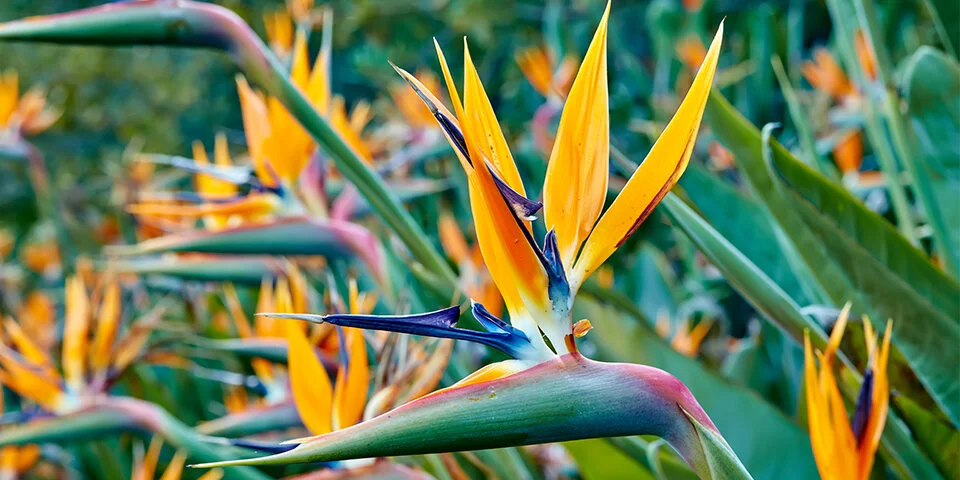I’ve been writing this column for nearly a quarter century, and I’ve long exhausted new topics for discussion. Therefore, it is with no apology that I frequently return to old favourites that have performed wonderfully for me over the years. Snap, or French, beans are a prime example. Those sold at the supermarket are mediocre on a good day and so, to enjoy them at their best, you must grow your own. They are easy to grow, very productive and friends are always glad to take them when you have a surplus. We’ve grown many varieties of snap bean over the years but have settled on ‘Fortex’, which is unmatched for flavour. The pods are longer than those of most French beans and can be harvested at 8 to 11 inches with no development of stringiness or toughness. When cooked to the right point they have a pleasant and characteristic mouth feel that I’ve found in no other variety of bean.
The one serious fault of this variety is that it’s very subject to damping off and you may lose from a quarter to as many as two thirds of the sprouted seedlings, mostly when the plants are a few inches tall but further losses will occur, even when they reach harvesting size. This means that you want to start a lot of seeds per planting, like 40 to 50. This gets expensive if you’re buying seed from the catalogues. It’s not a problem for us because they are open-pollinated and we’ve been replanting saved seed for some 20 years, with no apparent deterioration in the quality or quantity.
I’ve experimented with many methods of starting the seed, including direct sowing and germinating them between wet paper towels. The method I’ve settled on I also use for peas. I put 12 to 16 seeds, hilum side down, in potting soil in a 3-inch container and keep them well watered and in a warm place if the nights are still chilly. When they’ve developed two true leaves, not cotyledons, I set then out in a ring around a bean tower, as shown in the photo. Though the seedlings are crowded in the container, they are easily separated at this stage. Some writers recommend giving them a light starter of high nitrogen fertilizer to cover the period before they are capable of fixing their own nitrogen, but I have never found this necessary.
You’ll read on some websites that a single planting will produce through the whole season. That certainly isn’t true in our garden, in part because we have such a long season, starting the first seeds in early March and harvesting as late as early October. Our years of repeat planting without proper crop rotation probably also contribute to the short survival of individual plantings. We make three or even four plantings, the last in the third week of July. As the plants get senile, production drops and the pods become somewhat deformed. At that point I stop harvesting them and allow them to mature enough to supply next year’s seed. I’ll need around 200 seeds for our use and a hundred more for friends and family who have discovered the virtues of this wonderful variety.


